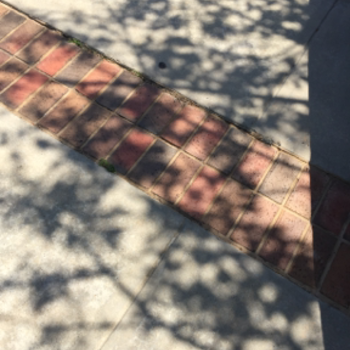An object is thrown with half of the kinetic energy needed to free an object from the attraction of the earth. How far will the object reach from the earth's surface?
2 Answers
Explanation:
Let
If another object is launched at half of the
Substitute
This is from the center of the earth, above the surface of the earth,
Gravitational Potential energy possessed by an object having mass
PE=-G(Mm)/R .......(1)
whereG is Universal Gravitational constant,M and R are mass and radius of earth respectively.
Let
KE=1/2mv_e^2 .....(2)
The object will be free when it is placed at
1/2mv_e^2=G(Mm)/R
v_e=sqrt((2GM)/R) .......(3)
The object is thrown with half the kinetic energy of what we have from (3). Let its velocity
KE=1/2mv^2=1/4mv_e^2
=>v=v_e/sqrt2 .....(4)
When the object reaches height
1/2mv^2-G(Mm)/R=1/2m(0)^2-G(Mm)/(R+h)
=>1/2v^2-G(M)/R=-G(M)/(R+h)
Writing first terms using (4) and (3)
1/4v_e^2-G(M)/R=-G(M)/(R+h)
=>1/4(2GM)/R-G(M)/R=-G(M)/(R+h)
=>1/2(GM)/R-G(M)/R=-G(M)/(R+h)
=>1/(2R)=1/(R+h)
=>R+h=2R
=>h=R

